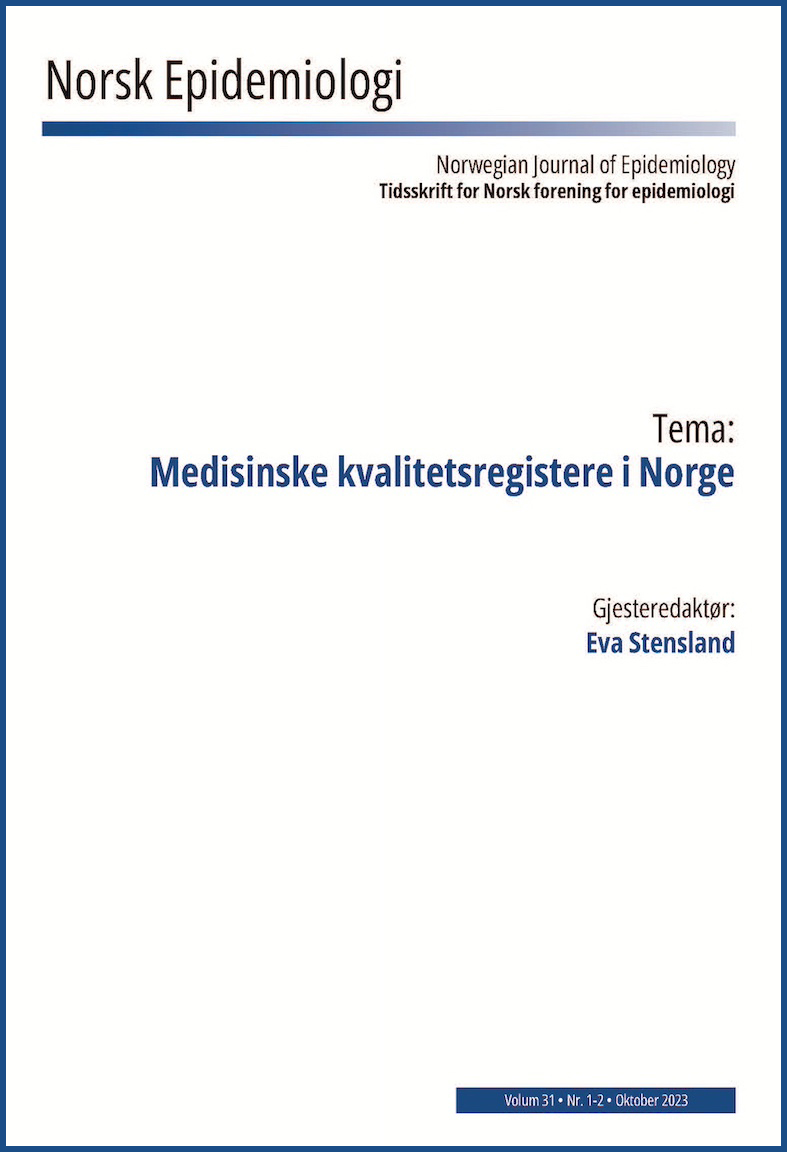Coverage uncertainty range: A new method for calculating uncertainty around summary statistics in healthcare quality indicators
DOI:
https://doi.org/10.5324/nje.v31i1-2.5617Abstract
Data from clinical health registries, such as medical quality registries, are often used as basis for healthcare
quality indicators (QI). To aid the interpretation of quality indicators and support decisions, it is important
to quantify the uncertainty around the QI summary statistics. In this paper we suggest a novel method for
quantifying such uncertainty: the Coverage uncertainty range. The method is based on the size of the
population present in the register relative to the total relevant population and does not make any assumptions
about the sampling strategy or the value of the summary statistic. Furthermore, using both simulated data
and real-life data from a Norwegian medical quality registry, we illustrate why using confidence intervals
when presenting healthcare quality indicators may lead to erroneous conclusions.
Downloads
Downloads
Published
Issue
Section
License
Copyright (c) 2023 Kari Krizak Halle, Tormod Aarlott Digre, Ragna Elise Støre , Torunn Varmdal

This work is licensed under a Creative Commons Attribution 4.0 International License.
Norsk Epidemiologi licenses all content of the journal under a Creative Commons Attribution (CC-BY) licence. This means, among other things, that anyone is free to copy and distribute the content, as long as they give proper credit to the author(s) and the journal. For further information, see Creative Commons website for human readable or lawyer readable versions.
Authors who publish with this journal agree to the following terms:
1. Authors retain copyright and grant the journal right of first publication with the work simultaneously licensed under a Creative Commons Attribution License that allows others to share the work with an acknowledgement of the work's authorship and initial publication in this journal.
2. Authors are able to enter into separate, additional contractual arrangements for the non-exclusive distribution of the journal's published version of the work (e.g., post it to an institutional repository or publish it in a book), with an acknowledgement of its initial publication in this journal.
3. Authors are permitted and encouraged to post their work online (e.g., in institutional repositories or on their website) prior to and during the submission process, as it can lead to productive exchanges, as well as earlier and greater citation of published work (See The Effect of Open Access).

